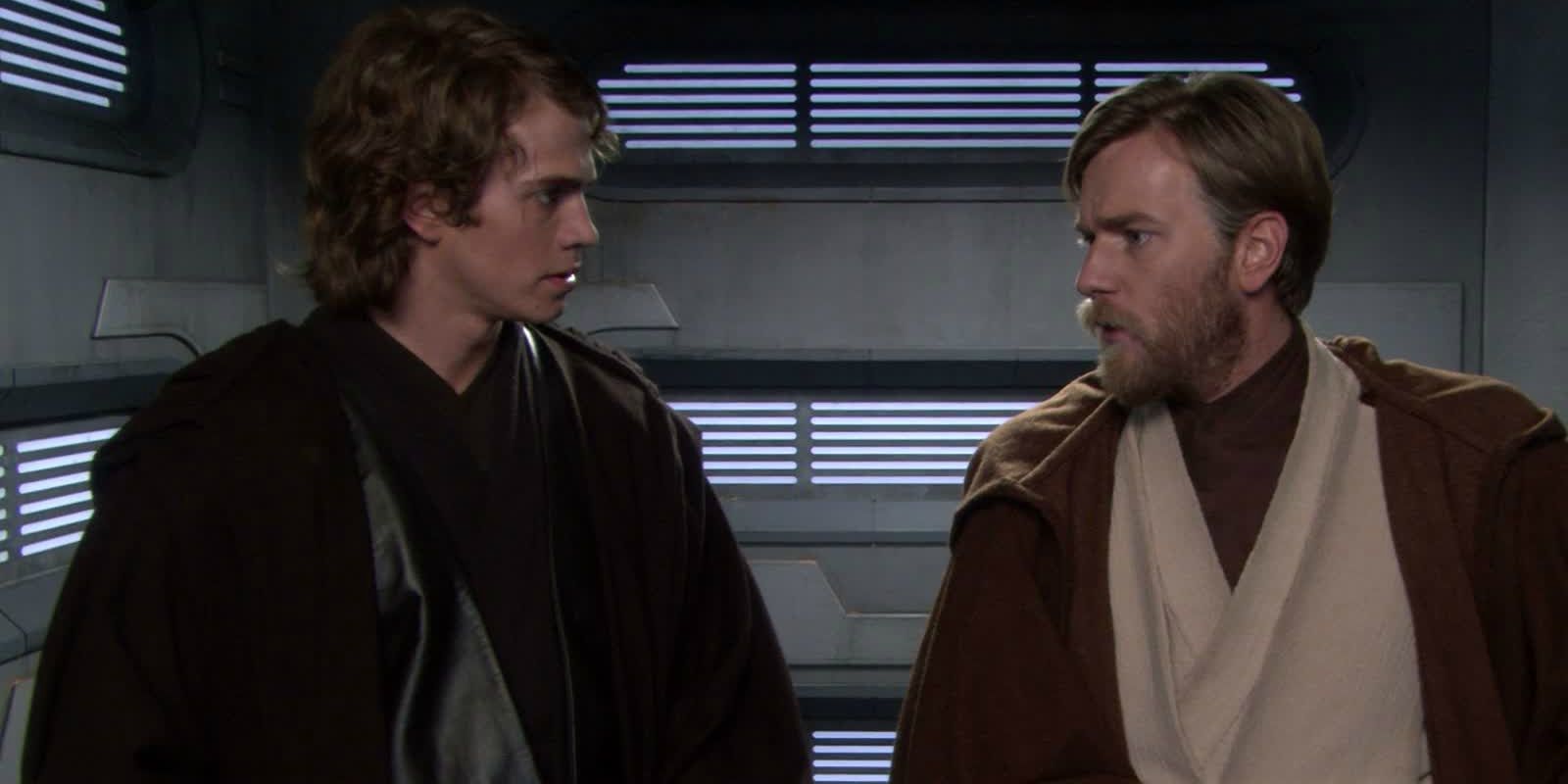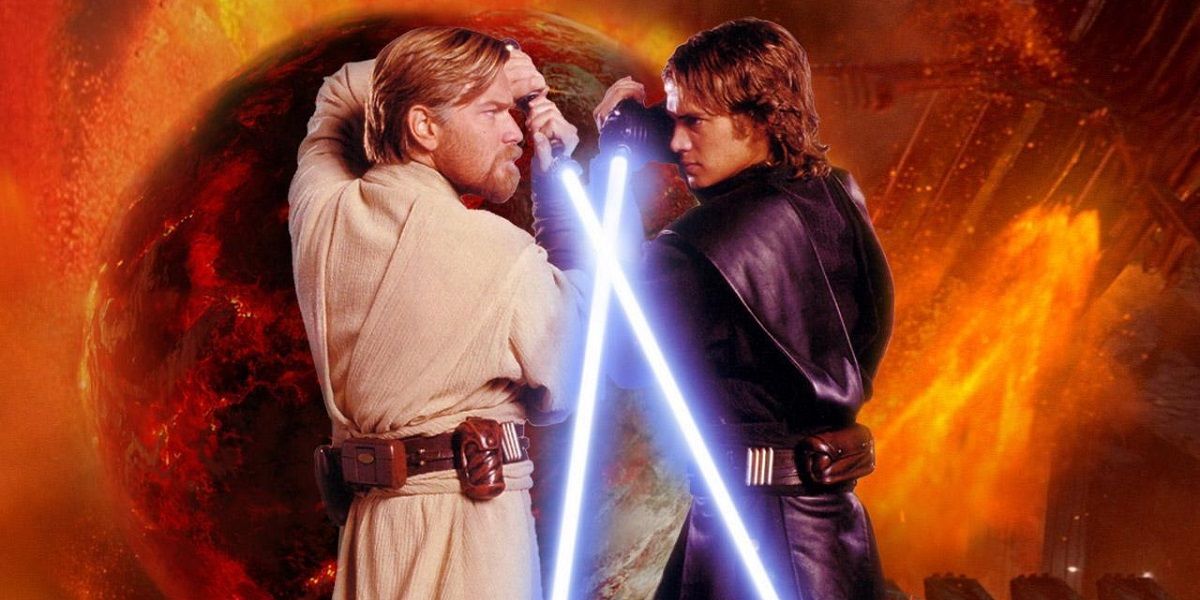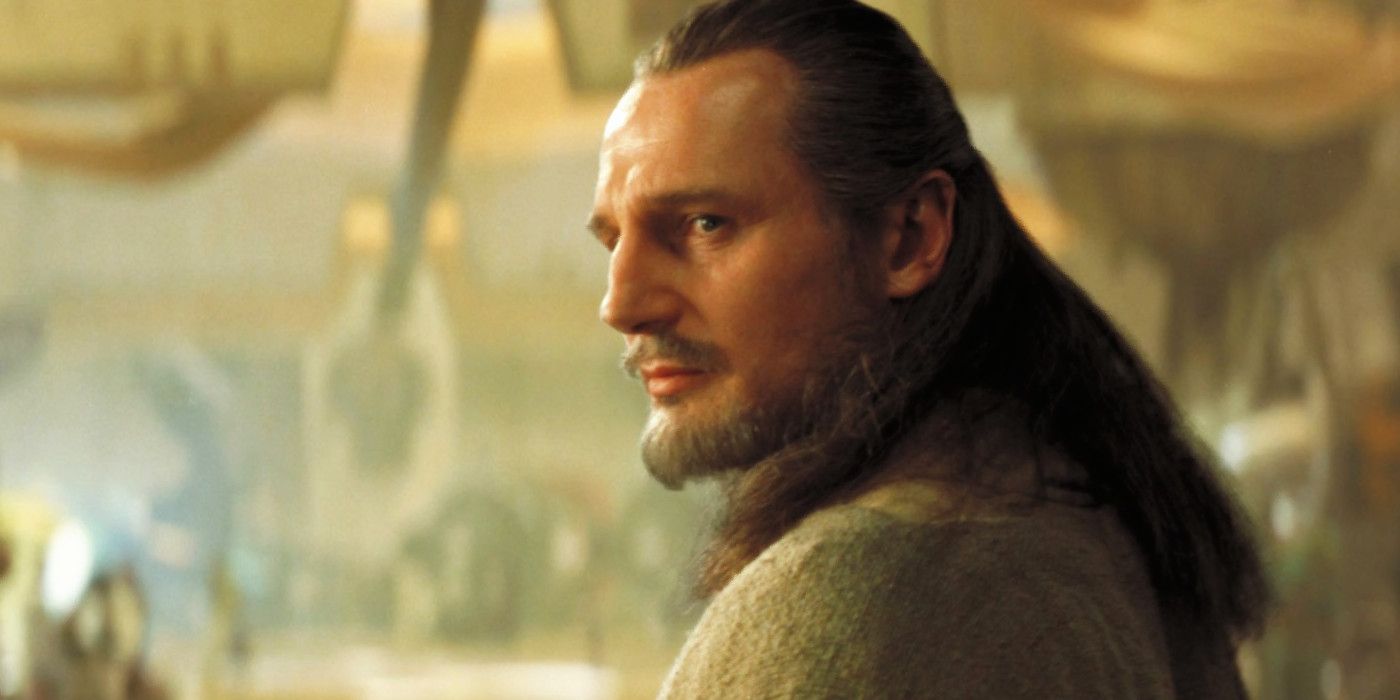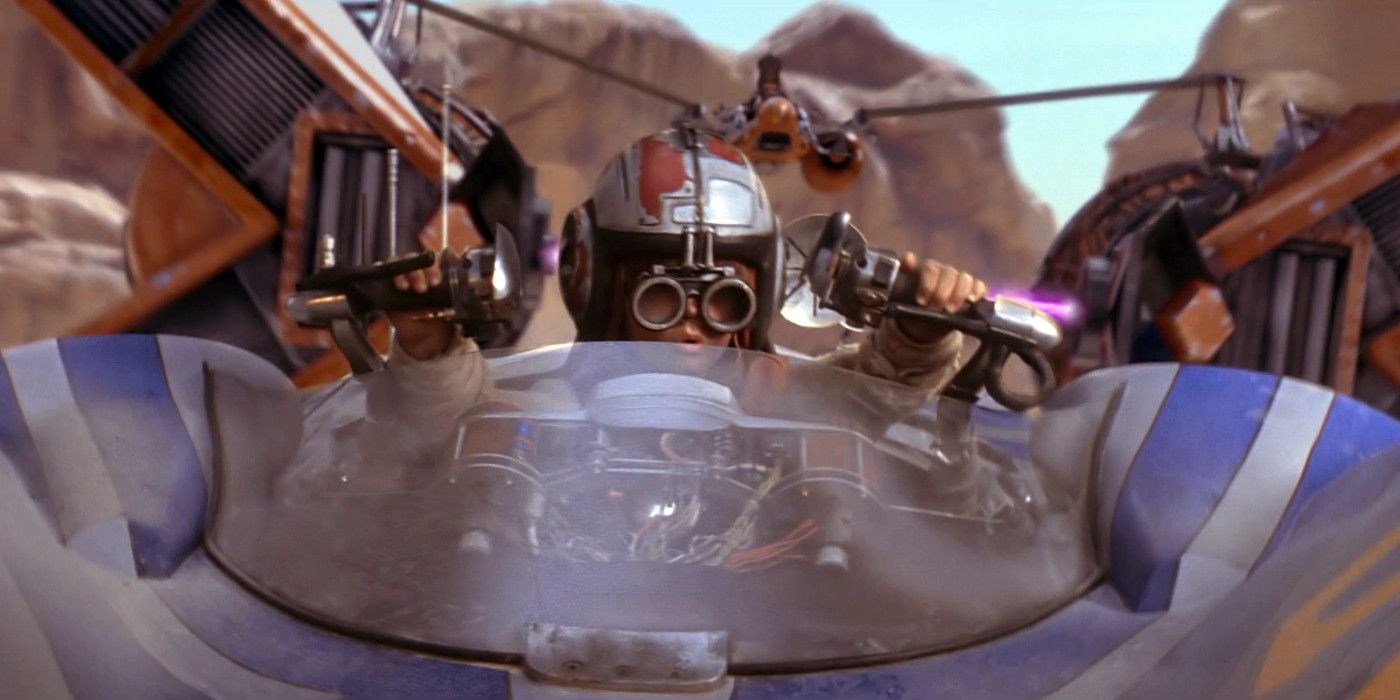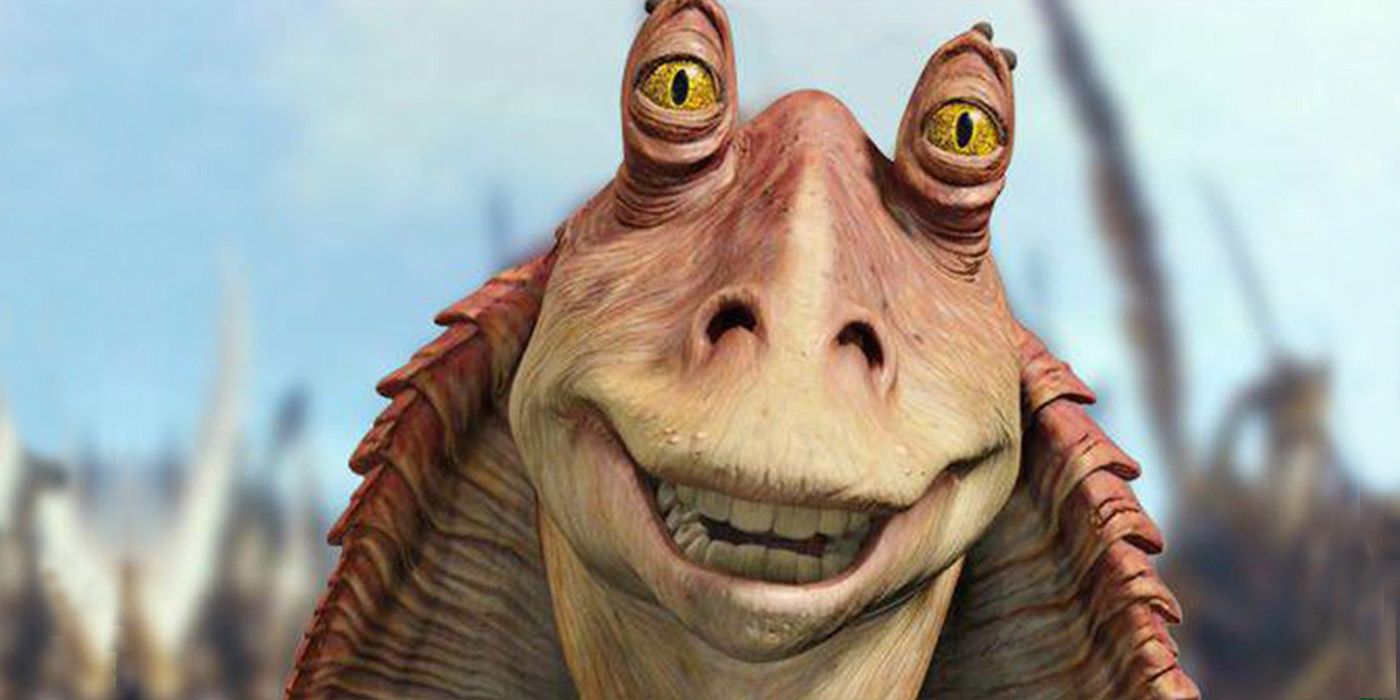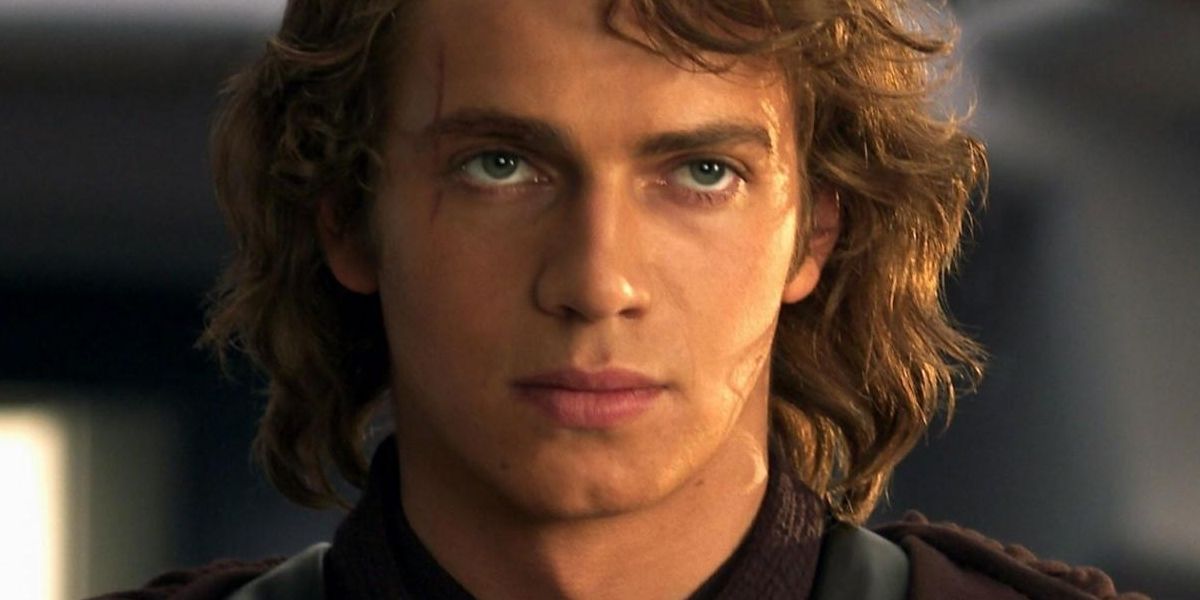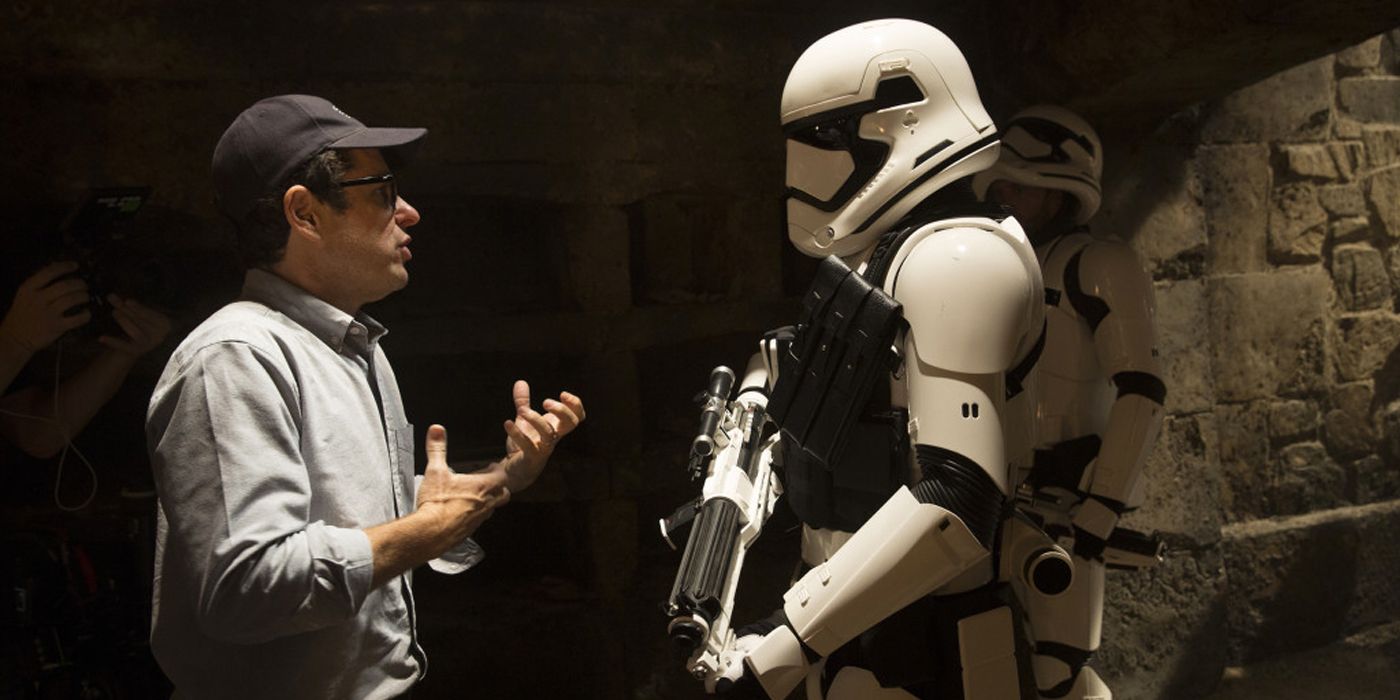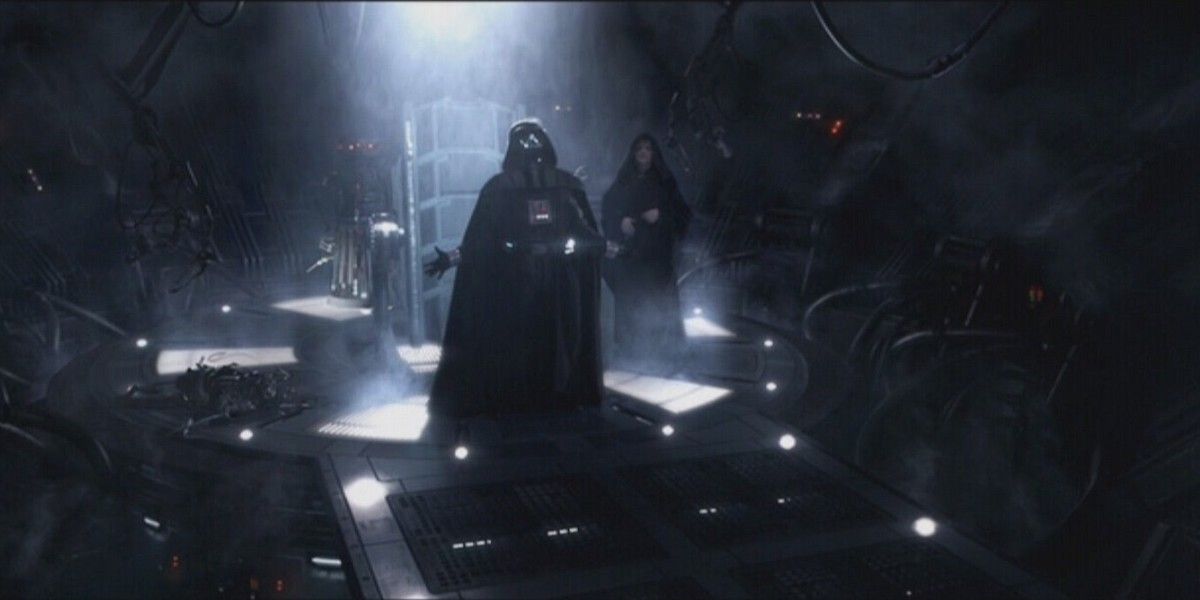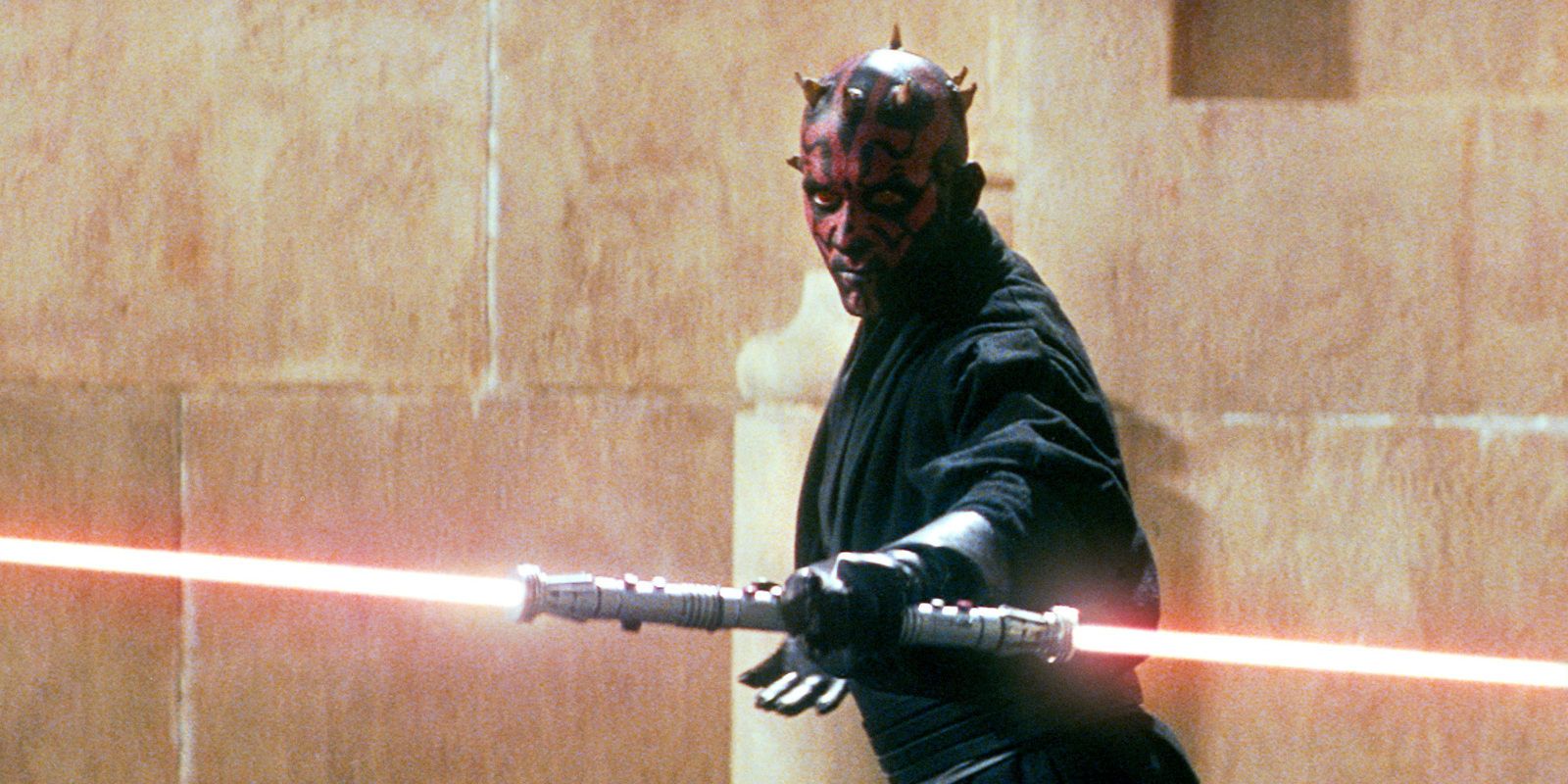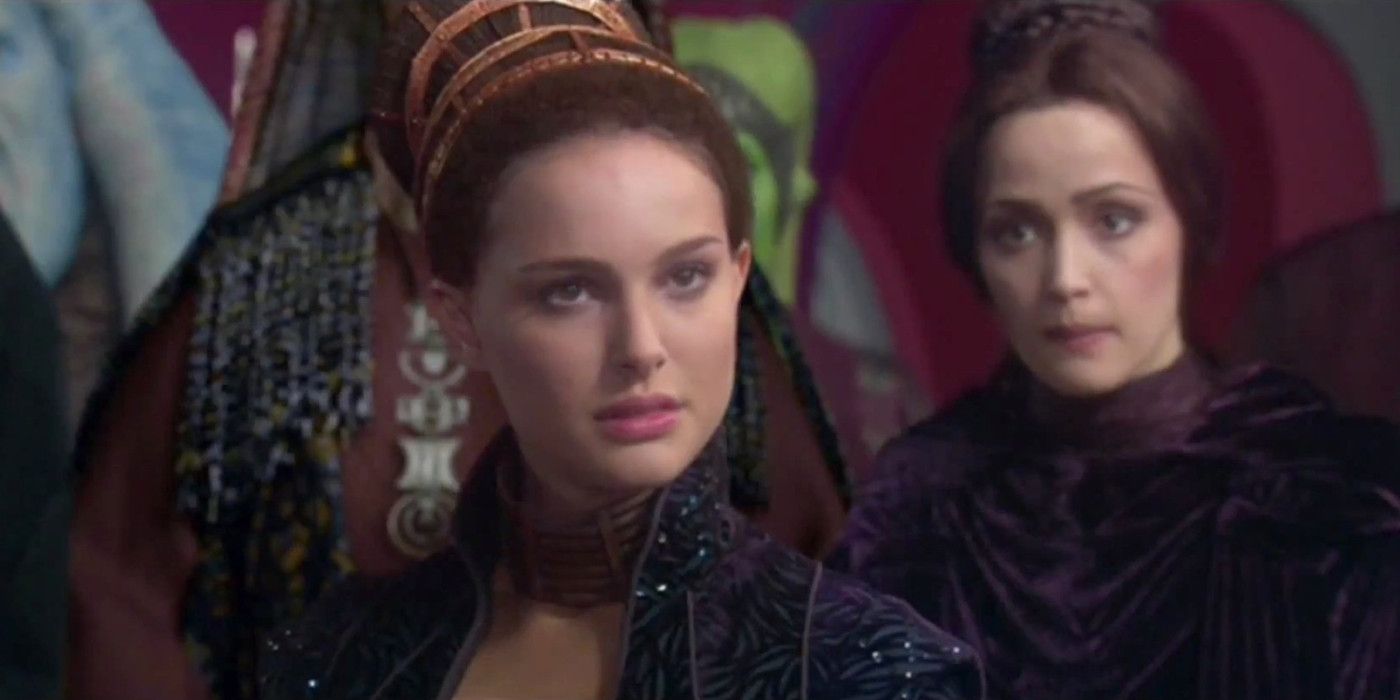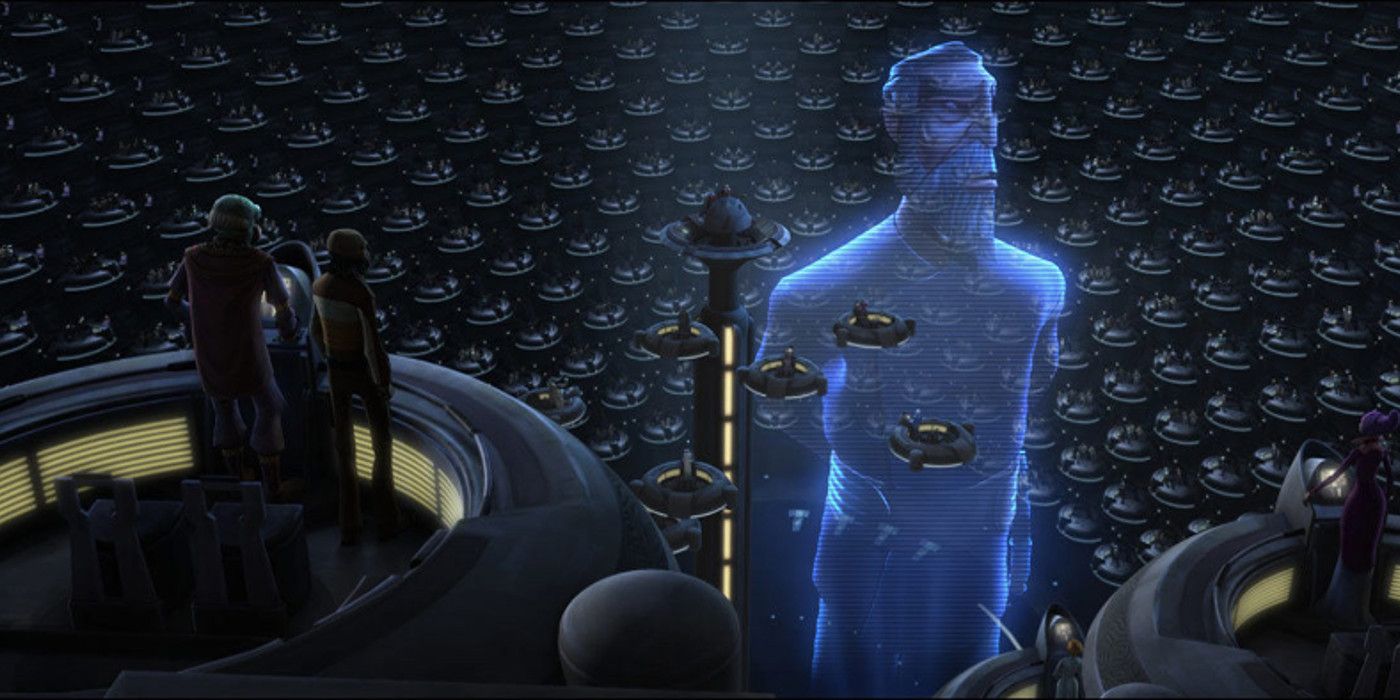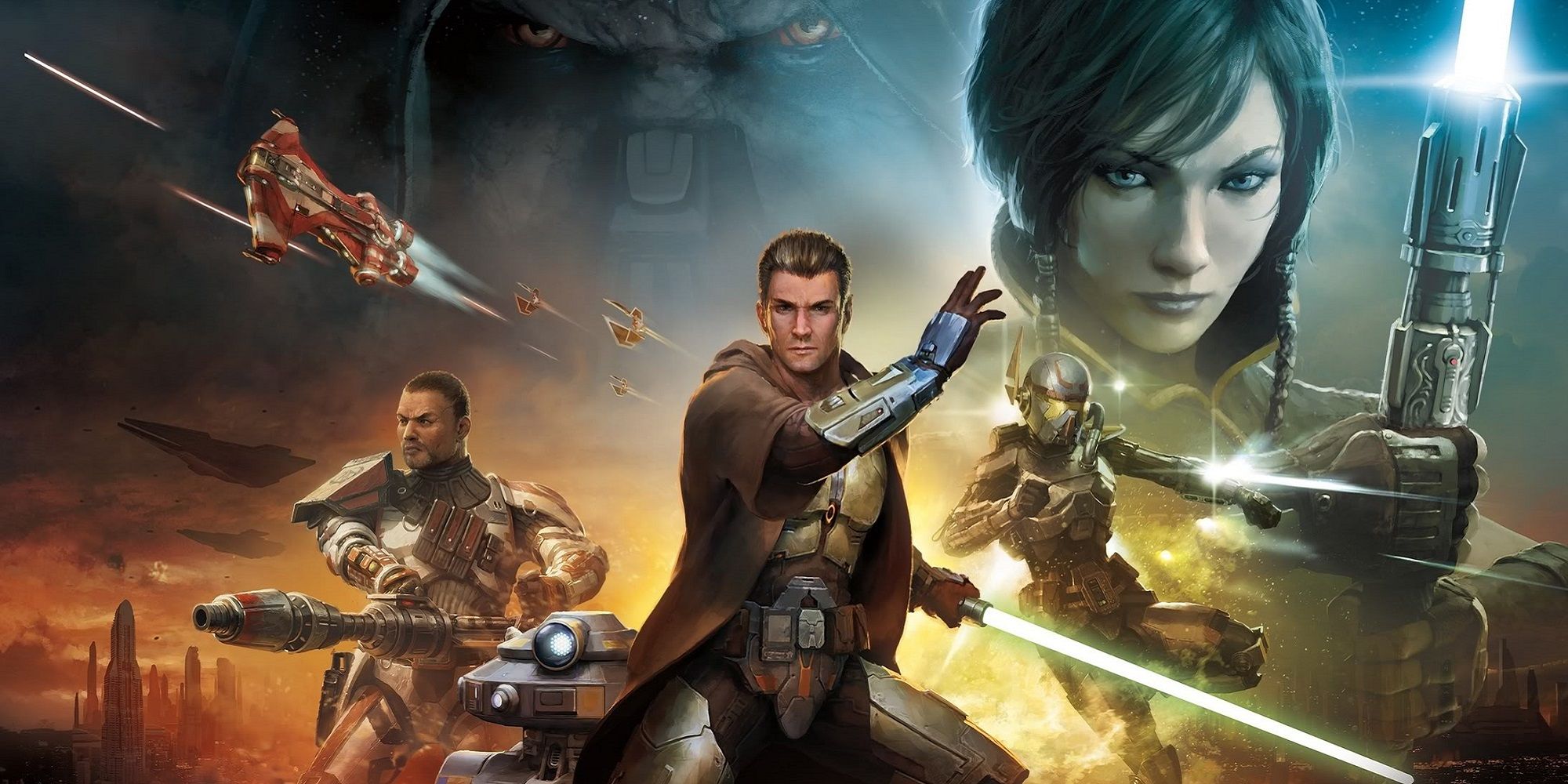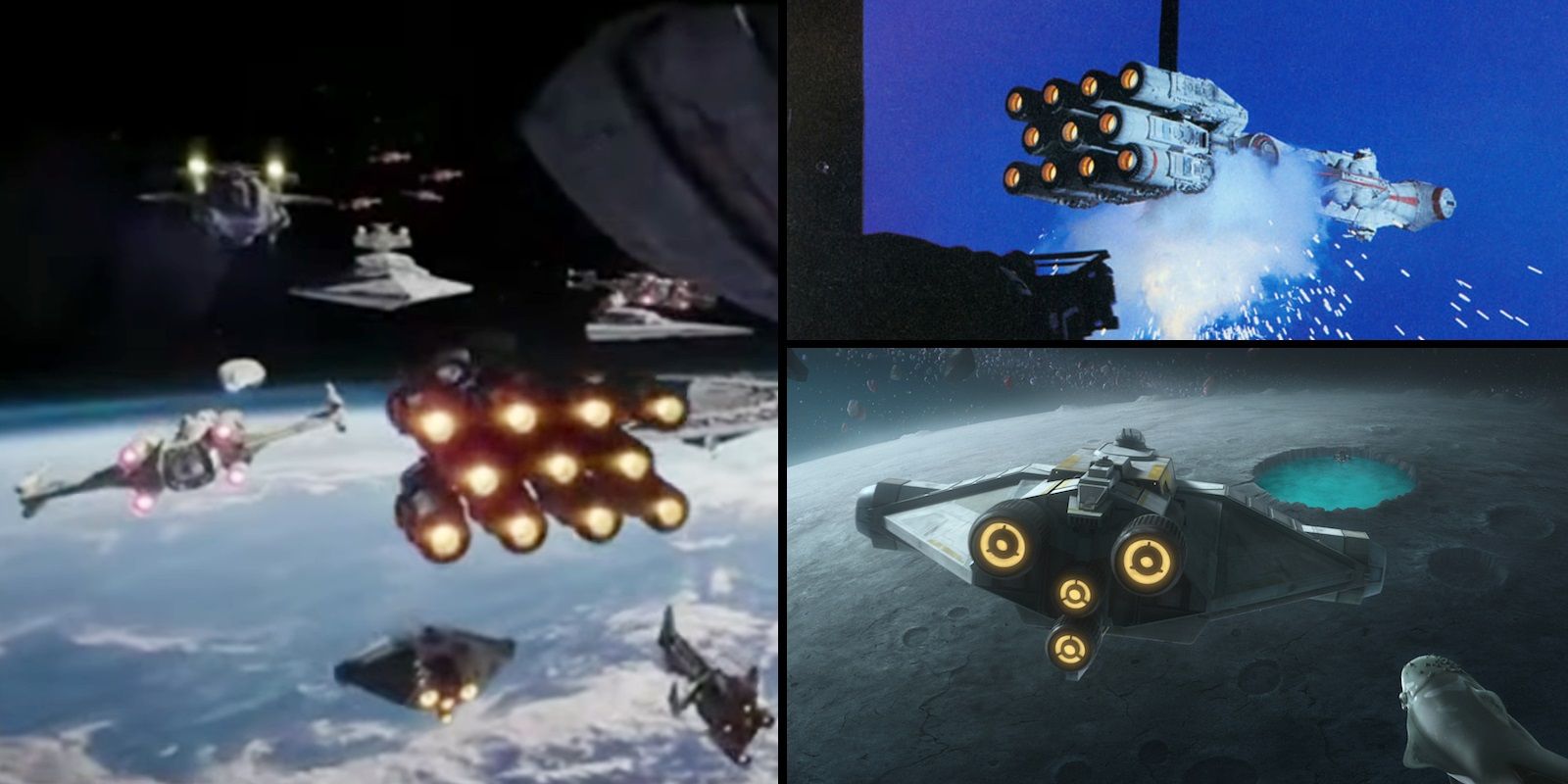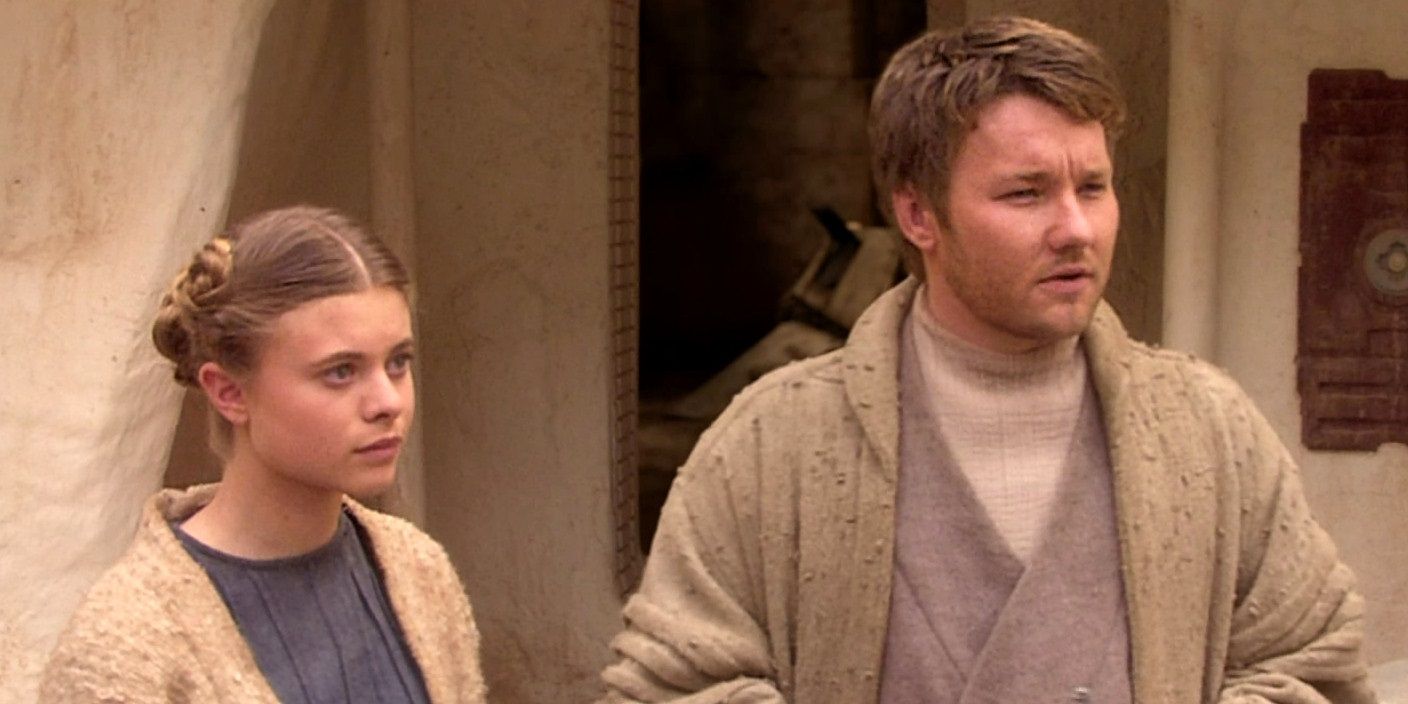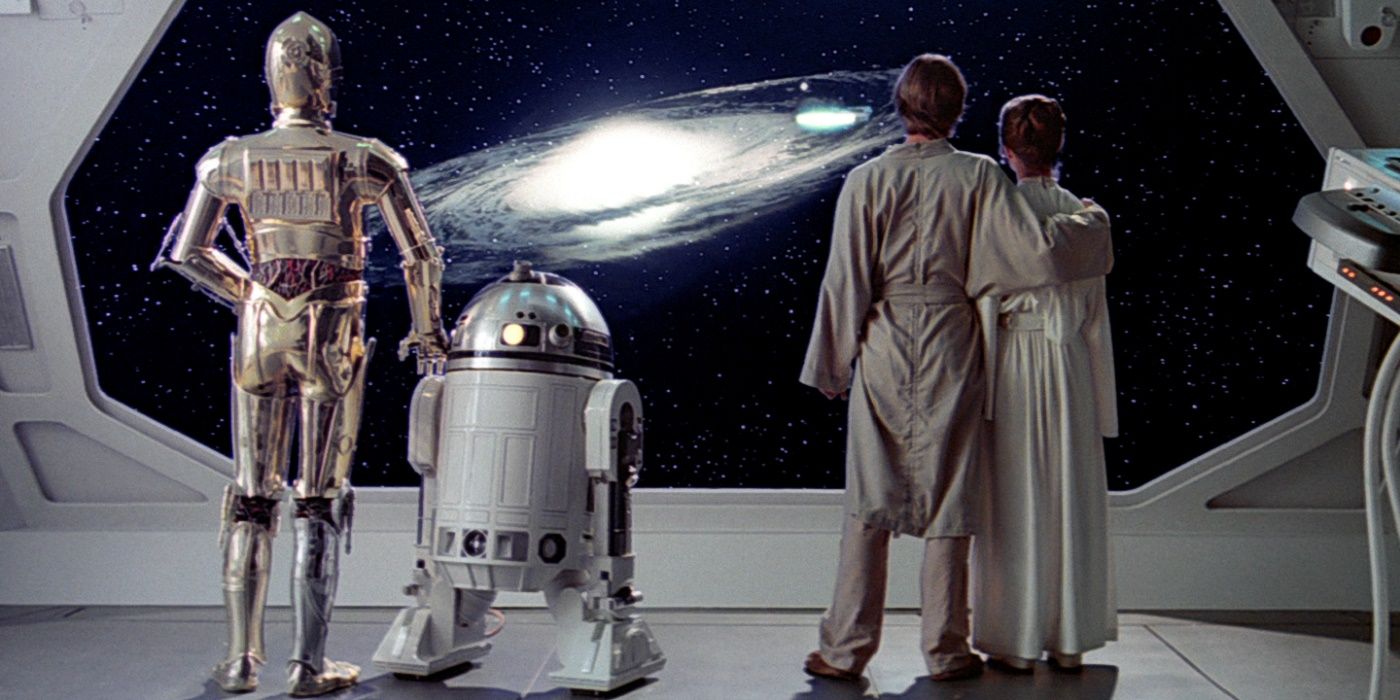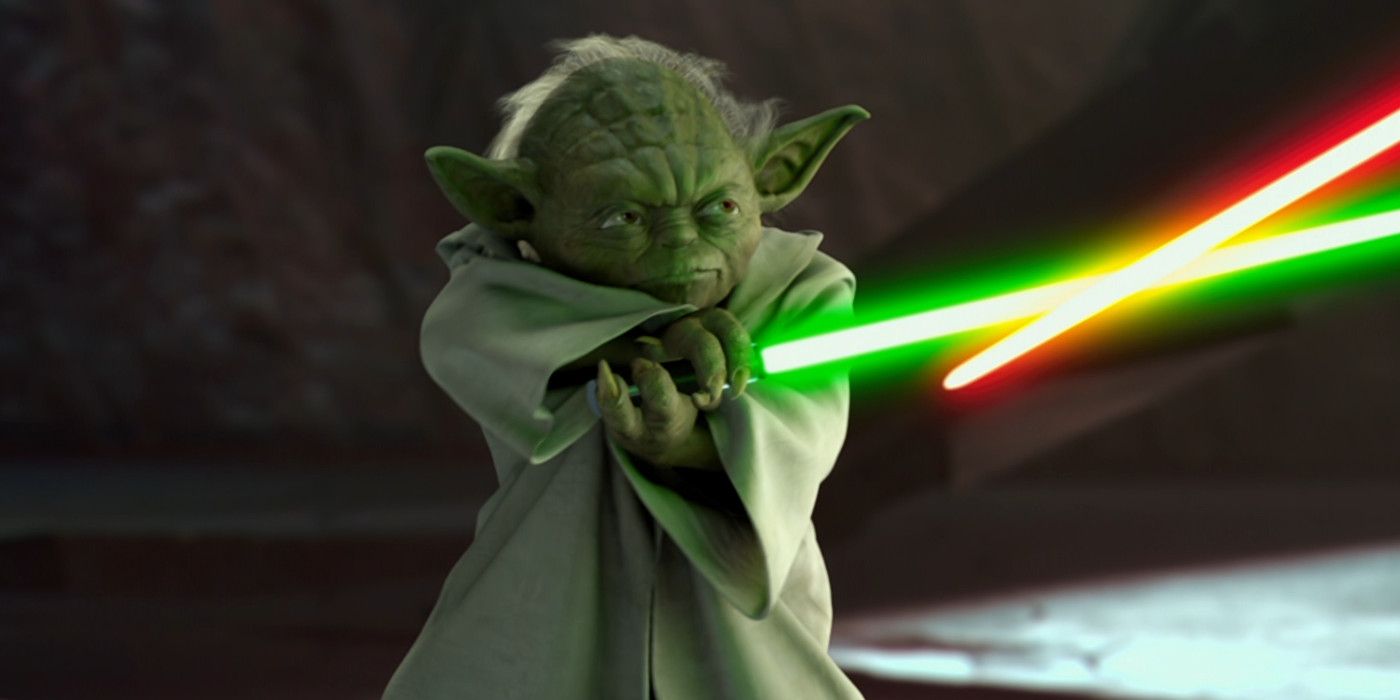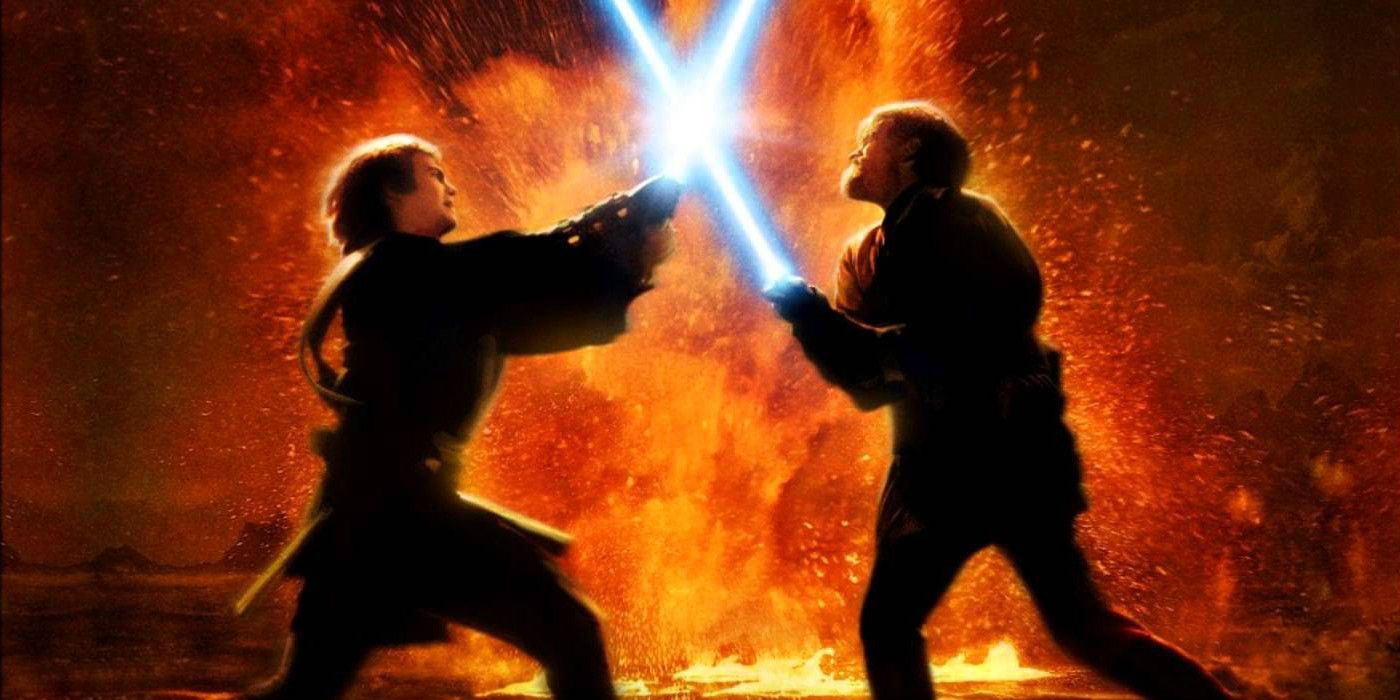The Star Wars prequels, it is generally accepted, are inferior films to the original space fantasies that changed the motion picture industry forever from 1977 to 1983. When the original Star Wars (A New Hope) premiered way back when, it represented a huge leap forward in special effects and blended that with good old-fashioned "hero's journey" storytelling that set the stage for a saga that would influence generations.
By the time The Phantom Menace arrived in 1999, the uniqueness of the Star Wars Universe had faded. Fans still bought tickets, and new generations signed on, but the results were considerably lackluster and less influential. A quick examination of the number of domestic tickets sold across the franchise's history tells the story. The original sold 178 million tickets; The Empire Strikes Back, 98 million; Return of the Jedi, 94 million; The Phantom Menace, 90 million; Attack of the Clones, 53 million; and Revenge of the Sith, 59 million — an overall drop of more than 70 percent from the highest highs to the lowest lows. And all of those "lowest lows" were concentrated during the prequel trilogy. Episodes I-III served a purpose, but it's tough to say they came anywhere close to living up to the original trilogy.
With that established, it's time to look at all the ways the prequels might have been improved — perhaps even resulting in a better series of films than the original trilogy. Let's roll.
16. Age Anakin, Eliminate Qui-Gon Jinn, and Make Obi-Wan the Seasoned Jedi
The acting antics of Jake Lloyd didn't do anyone favors. Child actors are very difficult to drag good performances out of, and it was a risk on Lucas' part that did not pay off with TPM. We get why he did it — to make this new trilogy more accessible to a new generation of kids — but in the process, he needed to bring along his established audience for the ride, and Lloyd took us out of it.
The fault, of course, lies directly on Lucas' shoulders. Lloyd's character came across as whiny and stilted, and it's the job of the creator (writer/director) to create material good enough where that can't happen. What would have been wrong with aging Anakin to the point where we first meet Luke Skywalker in ANH? It certainly didn't keep the 1980s kids from connecting to the character and signing on for the ride. Picking a popular young actor of the day -- like, say, Smallville's Tom Welling, for argument's sake -- would have given us an Anakin who was ready-made for the adventure ahead and the epic creation of Darth Vader.
Also, while we love Liam Neeson, the Qui-Gon Jinn character would have been completely unnecessary with an older Anakin. We could have simply started with Obi-Wan Kenobi (still Ewan McGregor, because that was terrific casting) training the future Vader to become the badass we would eventually love, hate, then love again.
15. A Buddy Cop Dynamic for Obi-Wan and Anakin
Not literally, of course. We're just saying it would have worked better had Lucas created that dynamic between the pair for their trilogy of adventures. Then again, seeing Obi-Wan and Ani (yeah, let's drop that nickname too while we're at it) pull the "good cop/bad cop" on bad guys through a couple of films would have set up a final betrayal and showdown with a lot more stakes than it ended up having. Just imagine if Riggs had turned on Murtaugh, for Pete's sake. It would have been brutal!
In the Star Wars prequels that we got, Anakin is a sniveling punk from the very beginning. You have to find reasons to give him the benefit of the doubt throughout the first two films just so his turn in Episode III will mean anything at all. When Obi-Wan takes the lightsaber to him at the end of Sith, the sorrow he feels at having to cut down his Padawan is very forced, and that's entirely the fault of the writing and directing throughout the trilogy.
14. Use Less CGI...Way Less
While the original FX of the original Star Wars trilogy are dated by today's standards, they were still a quantum leap in quality from what films had presented before. People who remember the feeling they got when watching a standard DVD for the first time after suffering through VHS will know exactly what we're talking about. For you younger folks, think the leap from DVD to Blu-ray. That's what A New Hope did for the FX world.
With Phantom Menace, Lucas didn't show the same care and restraint. He jumped feet-first into the world of CGI, one that was still raw and underdeveloped, and he chose to use that imperfect technology to create whole worlds and characters. It certainly affected the few live actors who showed up on screen in a negative way, and it never looked even remotely real enough for the audience to suspend its disbelief. In many ways, the prequel trilogy FX are what might have happened if you had given Ed Wood $200 million to make a movie.
Disney's current use of CGI — as a complement to live actors and real settings — is one of the most successful elements of The Force Awakens and Rogue One. These worlds are places where it feels like something is always at stake, and that simply wasn't the case for the prequels.
13. Jar-Jar Binks — Don't Even Go There
Some would say Jar-Jar is important to the purpose behind the prequels. He offers well-meaning (if heavy-handed) commentary on the nature of bigotry and what it can do to a person. Jar-Jar is anything but respected. The Jedi view him as a joke, save for Qui-Gon, and when he dies, the problem just compounds. When Jar-Jar finally gets the opportunity to "prove" himself, his pride leaves him to make an awful decision, granting powers to Palpatine. Unfortunately, the character is played so hard for "comic relief" that you never feel enough sympathy for him when he needs it the most.
The character was so wrongly handled from the beginning because he was essentially one big insult to his audience's intelligence. You could also make a strong case for the character crossing the borders of racism (albeit unintentionally) that the best way Lucas could have handled Jar-Jar's problems would have been to scrap him altogether and come up with a more palatable and sympathetic creation to deliver the same story point. The Jar-Jar audiences were given is irredeemable. All of him.
12. No Hayden Christensen
Slow down, folks, this entry is not intended as an outright bashing of Hayden Christensen the actor. Unlike many of his critics and the countless legions who blame him for screwing up Anakin Skywalker, we think he's a fine actor. (For comparison's sake, he's incredibly likable in the sci-fi flick Jumper, which he filmed immediately after the prequel trilogy.) But there's no two ways about it: he was wrong for this role. Of course, it didn't help that the scripts were awful, but he really did feel like a grown-up extension of the Jake Lloyd interpretation. While that may have worked for what Lucas was going for -- especially if you check out old casting calls -- it turned off audiences and made the beloved fallen Jedi more irksome than sympathetic.
Unfortunately, audiences are left to wonder what might have been. In addition to the aforementioned Welling, Lucas could have had his pick from a number of better equipped actors. There was Leonardo DiCaprio (who reportedly turned down the role outright), James Van Der Beek ("I don't wanna wait for our lives to be over!!!"), Joshua Jackson (also Dawson's Creek), Chris Klein (American Pie), and Ryan Phillippe (USA's Shooter), to name a few. The problem with Christensen is he was actually too right for the part Lucas envisioned -- a grown up Jake Lloyd -- and not right enough for what audiences knew Lord Vader to be.
11. Different Writers and Directors for Each Film
Film is a collaborative medium. Yes, the creator, the writer, the director — they all play a role. But none can make a great film on their own. In the same way a bestselling author needs a competent editor to reel them in, make suggestions, and tighten the copy, an auteur needs skilled craftsmen and women both in front of and behind the camera to execute their vision competently.
Sometimes, the visionaries are competent with words and direction. Sometimes they're not. Being a visionary and being a writer/director are completely different skill sets, after all. There's no denying the fact that George Lucas is a visionary, but when it comes down to it, he just doesn't quite measure up as a writer/director, and he should have known this just looking at his past body of work. Outside of the original Star Wars movie, all of his most successful films were guided by the skills of others.
Unfortunately, Lucas wanted a stranglehold over every aspect of the Star Wars prequels. He never seemed to recognize what made the original trilogy great because he was busy majoring in minors and minoring in majors (i.e. continually tweaking the FX instead of being happy with the fact the OT tells a simple yet compelling story). He should have employed a different director and writer for each of the prequels and then turned them loose as Disney has to make his vision into reality, shepherding things along the way. But alas, unchecked ego was strong in this one.
10. Take Out the God awful NOOOOOOOOOOO!
You probably don't even need the reference for this, but just for the sake of completeness, we're referring to the now-mechanical Darth Vader's odious pang of sorrow from Revenge of the Sith. While it is reminiscent of the equally whiny blather from Luke in The Empire Strikes Back, and the parallel is noted, it came across as the icing on a turd sundae after seeing how the Anakin/Vader character had been handled throughout the trilogy.
In other words, it cemented the legacy of the most dangerous man in the galaxy as anything but. Vader should have, at some point in these films, come across as a fearsome figure. And even though there is the clear implication the Sith Lord murdered an entire temple of Padawan children, you never buy into him as a menacing figure. Thankfully, Rogue One gave us the Darth Vader we should have gotten at the end of the prequel trilogy. It was almost like the horrible ROTS scene we're referring to never happened. Almost.
9. A Larger Role for Darth Maul
Those of us who remember the original trailers and TV spots for The Phantom Menace were excited by the presence of Darth Maul and the double-bladed lightsaber. It was an interesting aesthetic tweak on the familiar, and we felt he would be a worthy adversary for our heroes throughout the trilogy. The prequels had found their Vader!
Then we saw the actual movie. Maul was used too little and went out like a punk. While he does get props for killing Qui-Gon, he should not have been so easily bisected by a young, green Jedi. He should have menaced an older Anakin and Obi-Wan for the first two films before getting taken out by an increasingly darker Anakin in the trilogy's conclusion.
Perhaps Maul could have killed Queen Amidala, allowing Palpatine to tap into the young Skywalker's rage so that he kills a disarmed Maul later in the film to the protests of Obi-Wan. The act of vengeance could drive a rift further between the two, setting the stage for a later showdown between former friends. But alas, Darth Maul will always be one of the prequel trilogy's biggest missed opportunities.
8. More Leia in Padme Amidala
Like her co-star Hayden Christensen, Natalie Portman wasn't given a ton to work with when it came to Padme Amidala's characterization. But an infusion of Leia Organa definitely would have helped matters.
Specifically, it would have been preferable to see Lucas play with the parallels between the Padme/Anakin/Obi-Wan and Leia/Luke/Han triangles. Anakin could have been more the Han type — macho, adventurous, daring, brash — while Obi-Wan could have been more the spirit animal of Luke. This would have given us a chemistry between Amidala and Anakin we could have believed in, instead of the creepy, boyish young Jedi relentlessly hitting on a completely-disinterested-then-out-of-nowhere-terribly-interested senator dynamic we were stuck with. It goes without saying that they should have been closer in age, but it might have even been a good idea to introduce them as a couple earlier in the films. It would have also strengthened the connection Obi-Wan had with Luke in A New Hope.
Meanwhile, Amidala could have shown more of the moxie Leia had in the original trilogy instead of being the lovelorn hood ornament she turns out to be by the end of ROTS. For most of the actual films, Padme has little to do. She is either underwritten (or badly written) at all times. It also seems like the only thing she has in common with Anakin is physical attraction without a shared chemistry. Another true missed opportunity.
7. Less Politics, More Magic of Star Wars
The political theater of the Star Wars prequels may have been necessary to some degree, but it should have stayed in the background. Politics is no realm for blasters, lightsabers, and fighter-wing dogfights. Besides, Star Trek had already gone there in a much more capable fashion. That's because Gene Roddenberry's universe employed a litany of thoughtful science fiction writers like Harlan Ellison and D.C. Fontana to construct the extended U. It wasn't one man trying to build every aspect of an entire galaxy from the ground up.
We might have still been able to tolerate Star Wars' politics if it had been handled like it was in the last few seasons of The Clone Wars animated series — which was essentially a combination of politics and magic. Rogue One and A New Hope demonstrated better use of this vehicle in the actual storytelling. The technique: focus more on the ground-level people affected by the politics than what's going on in the Senate.
6. Incorporate More Knights of the Old Republic with Some Tweaks
Knights of the Old Republic was arguably the biggest aspect of Star Wars' Extended Universe (now called Legends) that was worth keeping. The saga of Darth Malak could have easily set up the later threat of Emperor Palpatine, provided you made some adjustments to the timeline. Since KotOR takes place 4,000 years before the events of Episode I, that would be a rather broad chasm to fill. Instead of going so far back, the Knights era could have been reimagined so the "Old Republic" had a more significant emphasis on the "current" events of the prequel trilogy. So go back maybe 50 years instead of millennia.
Admittedly, part of the reason for doing this would be to shoehorn in as much eye candy as possible. Think about an extended opening sequence in the first film — about 20 to 30 minutes or so. Offer a barrage of Jedi vs. Sith battles introducing viewers to the events leading up to Episode I. Make it an opening montage that serves as a roadmap for "where we are" and ties some old characters to new ones. Get Anthony Hopkins to narrate that insanity, and you're in business!
Update: Now that Star Wars Rebels has (seemingly) confirmed KotOR as being canon once again, this one isn't too far out there.
5. Fewer Easter Eggs
This is less of a complaint about the prequels themselves and more a complaint about prequels, sequels, and reboots in general. These days, it feels like continuations of popular film sagas try too hard to squeeze in throwback references, and they do so at the expense of the narrative. As viewers, we care less about so-called "Easter eggs" and more about simply telling a great story that feels like something we haven't seen before.
That said, the prequels are guilty as charged when it comes to cramming in too many Easter eggs and past film references. We don't need to hear "I've got a bad feeling about this" every time, and we don't need to see Boba Fett as a kid. You don't have to pick at, unravel, and break down every single aspect of a previous film in order to shoehorn in some obscure reference. To the extent that the prequels do it, it really takes you out of a movie instead of the intended goal of enhancing the experience.
4. Give Uncle Owen a Bigger Role
In A New Hope, Luke's caretaker Uncle Owen seems like he possesses a knowledge of everything that happened during the Clone Wars and in the subsequent fallout. When Obi-Wan says to Luke, "He didn't want you to follow old Obi-Wan on some damn idealistic crusade like your father did," the films are telling us that Owen was likely in the thick of things. This is not the case when you meet him in Revenge of the Sith. Uncle Owen seems to have a knowledge of nothing.
Bringing Owen into the films more -- at least into the final reimagined Revenge of the Sith -- could have built more sympathy for what is largely seen as a gruff character who is too hard on Luke in the 1977 original. Think how much more you would have liked him had there been a few scenes where he demonstrated that he truly cared for his step-nephew, or maybe even one where he told Obi-Wan to stay away from the boy. As is, Luke barely even mourns his and Aunt Beru's deaths. "There's nothing for me here now." Not a single tear. Maybe he knew them about as well as we did!
3. No R2-D2, No C-3PO
This one also ties a bit into the aforementioned Easter egg complaint. With R2-D2 and C-3PO's handling in the prequels, it's like you have characters that should be nothing more than Easter eggs force-formed into pivotal roles based on their familiarity to fans of the original trilogy...and nothing more. They add next to nothing to the proceedings and create several gaping plot holes (why doesn't Obi-Wan recognize them? Or Vader, for that matter?) when you try to link up the two trilogies. It makes absolutely no sense to have them in all three of the films, anyway.
Disney proved with BB-8 and K-2SO that you can expand your creativity and give audiences something new that they will embrace. You get a sense with Lucas' handling of these iconic droids that his confidence in the prequels is shaky, and he's grasping at anything he can to piggyback off the OT's popularity.
2. Lose the Lightsaber, Yoda
It is precisely because Yoda is a great Jedi master that he should never ignite a lightsaber. On the flip side, look at Palpatine in the OT. The guy never goes anywhere near the weapon, yet he is the most powerful Sith of all. Lord Vader bends a knee to the man. Yoda should have been the embodiment of this for the Jedi.
Instead, we were given a silly looking scene in which a green CGI ball hops around like Sonic the Hedgehog with a ridiculously scaled-to-size lightsaber that draws more chuckles than awe. This would have also paved the way for more story development on the mysteries of the Force itself. Rogue One gave the Force a more religious feel, which is how it came across in the OT. Through the prequels, it seems like Lucas is trying to retcon this idea right along with the Yoda character. It's like he wanted the Force to become more scientific than it was originally portrayed. And to extend this complaint further, get rid of those damn midi-clorians!
1. The Obi-Wan, Anakin Showdown — Really!?
Obi-Wan's reason for defeating Anakin in ROTS has always been a stupid one. The "high ground" bit is pretty weak tea. Going back to A New Hope, it always seemed like Obi-Wan beat Anakin/Vader because he was the superior duelist and that Anakin had bailed on his training too soon. Even when Vader finally strikes down his former Master, it doesn't feel "earned," because it isn't.
Obi-Wan allows it to happen, because he knows his death will awaken something in Luke that could lead to the Empire's eventual defeat. He realizes in that moment that his age and life are better utilized as a sacrifice for the long-term good of the Rebel Alliance. The prequels paint it differently, with Anakin being so far above-board the other Jedi — even Obi-Wan — that no one can beat him. It's all pretty inconsistent.
Of course, the fight itself, like the rest of the films, is drenched too heavily in CGI excess and forced spectacle. They fight jumping along crumbling islands in the rush of a lava river. Subtle.
--
Now that we've reached the end, here's hoping you're not too sad about the Star Wars prequels that might have been. What tweaks do you think would have made the prequel trilogy better films? Sound off in the comments section.

